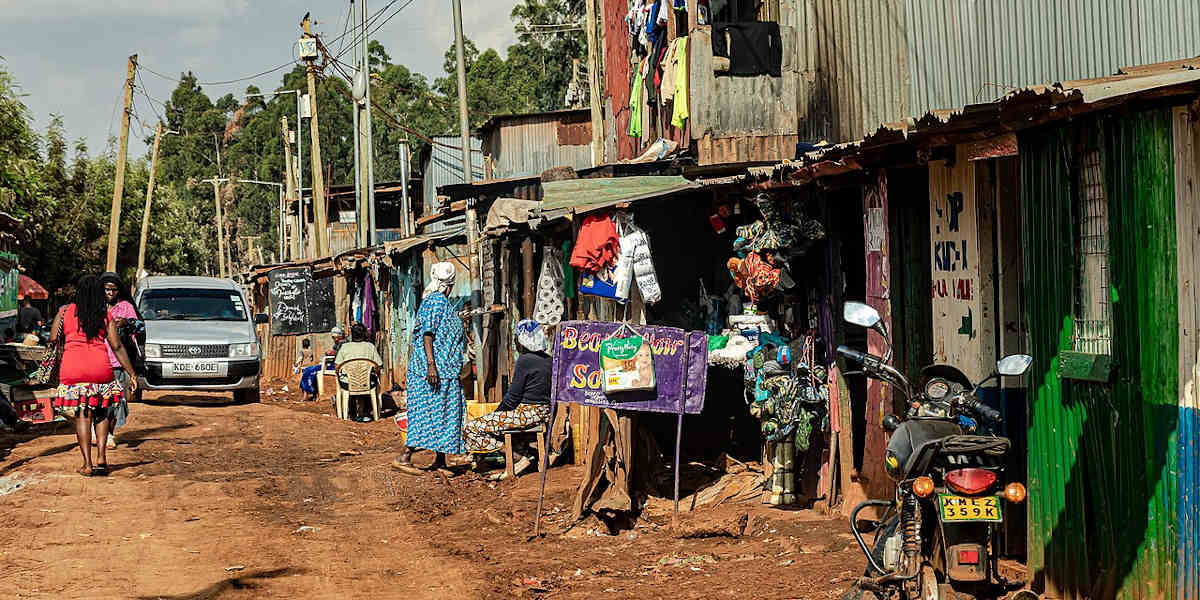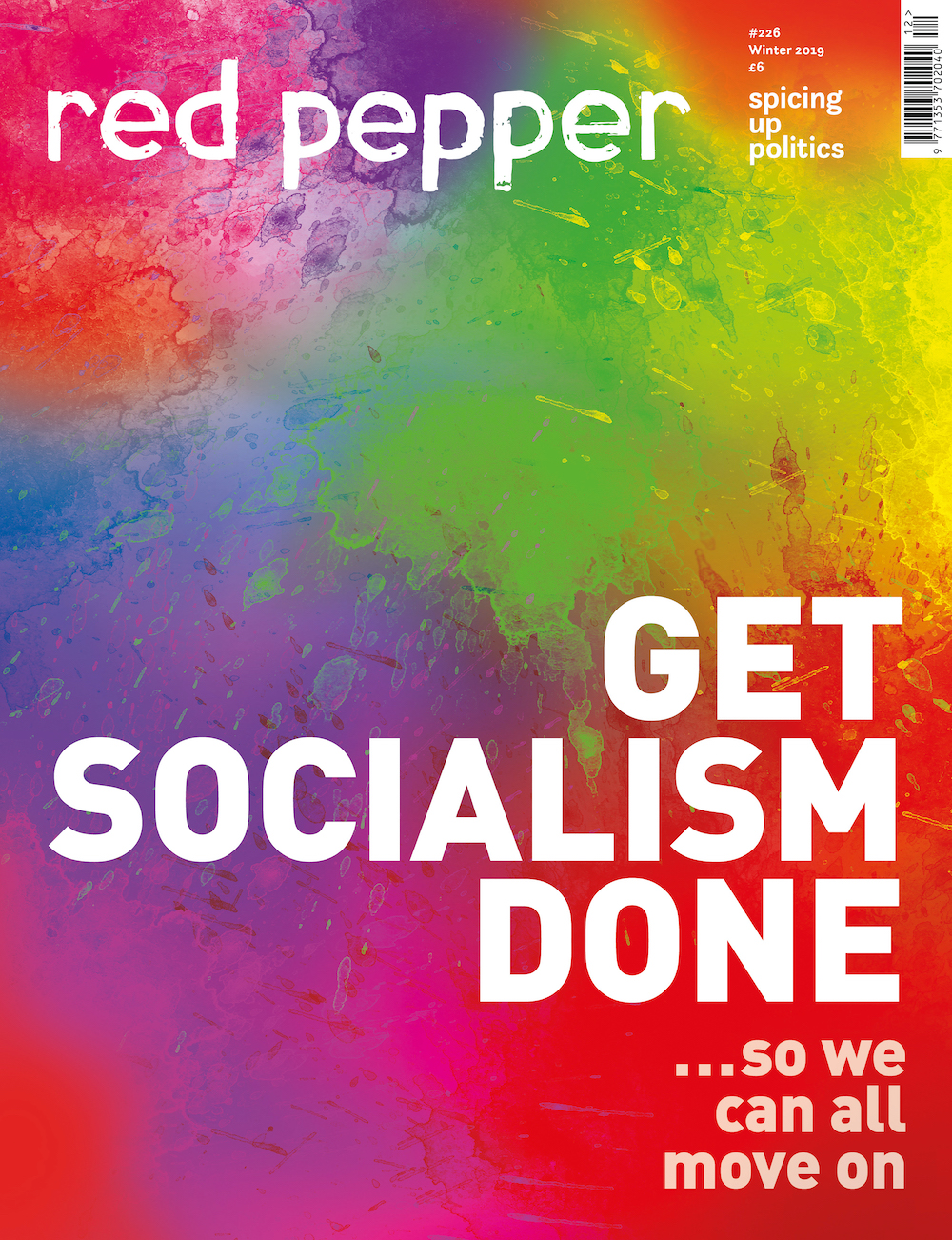‘Maximum governance and control with minimum administration’ has become a mantra of how technology is used by state and private actors in a number of Africa’s cities. In Nairobi, Kenya’s capital and political, cultural, and economic centre, you cannot escape digital technology for everyday tasks. If you want to buy groceries, be it at the supermarket or from a street vendor, you are likely to use e-Money via a mobile phone app. Water access, too, is now being managed through new information communication technology services (ICTs) and digital devices.
A range of new projects offering automation of water access in Nairobi include Maji-Voice (an innovative accountability mechanism), Water ATMs (self-operated kiosks that dispense water via cash or prepaid card payments), prepaid water systems (water meters where the service is paid ahead of use), e-bills (electronically generated and delivered invoices that enable mobile payment for services), and Jisomee Mita (a mobile-phone based platform that allows customers to self-read meters, receive and pay water bills, and make queries virtually).
These projects target informal settlements, which are home to lower-income groups in Nairobi. While constituting about 15 per cent of the city’s landmass, they house up to 65 per cent of its urban population, reflecting its fragmented and segregated nature. In these settlements, access to basic utilities remains a continuous challenge.
The aim for deploying digital technologies for water provision, we are told, is to allow service providers to extend water services to underserved areas. Another aim is to optimise efficiency and the quality of services across the city. Digital technologies offer better mechanisms for interacting with customers via digital and automated smartphone apps and data-driven technology. Through them, customers can manage queries, invoices, prepaid payment, and crediting, remote data collection and automated billing via their mobile phones.
New digital water projects are managed by different private technology companies in partnership with the Nairobi City Water and Sewerage Company (NCWSC), a private company under the Companies Act CAP 486 (but 100 per cent owned by the Ccounty government of Nairobi) that is charged with managing water provision and sewerage services in the city. The NCWSC has as its mandate ‘to provide reliable quality water’ and ‘to be a world class provider of water and sewerage services.’
‘Anti-poor’ agenda
Despite its intentions, however, which mirror other urban planning discourses in the global south, technology alone is not enough.
Urban planning remains ‘anti-poor’ in its agenda. Private and public companies both seek to maximise returns on profit. Moreover, water provision remains unpredictable while most alternatives remain increasingly unsafe and highly unreliable. Bigger issues of inequality, informality, and poverty, as well as exclusion and disfranchisement from access to – and control over – formal markets, networks and systems of the financial service sector, have not been addressed.
The NCWSC’s ‘techno dream’ for urban change has not worked out for most people. In practice, digital water projects don’t work as conceived. For those in informal settlements, life and politics on the ground is more complicated than these technologies would imagine.
The city’s residents use their social and political power and agency to shape the development and growth of technology to redress unequal water access
In accessing their rights (of water), most residents circumvent the technologies in rather unforeseen ways via forms of resistance from below. These have materialised in the ways that residents have resisted paying for services, subverted digital meters and mobile applications, and recalibrated or re-engineered the technological systems to allow them access to a service without necessarily having to pay for it. Sometimes, such forms of resistance have included the eradication of some or all aspects of the new technological systems.
Jisomee Mita and Water ATMs offer good examples of prescribed technological designs that have continuously been remodelled and recalibrated by residents in ways that reflect different social, economic and political logics at play. Residents have disguised the meters, redirected the water pipes and manipulated the meter readings on their apps to avoid paying for water services.
Informal resistance
Informal processes of resistance where residents end up having their own impact on these technologies and infrastructure systems highlight the inherently political nature of water access. In Nairobi, and other cities of the global south, urban populations are not mere recipients, but active participants. They are not mere users and consumers but also co-producers. They have to be because government and private actors have, for a number of reasons (legacies of being a post-colonial state, internal political corruption, a large refugee presence, an anti-poor bias in urban planning), historically ignored the material needs of large numbers of its urban population.
Informal processes highlight a different kind of capture that goes against capitalist and extractive regimes. The struggle for water in Nairobi’s informal settlements thus is one of need and rights. It is an articulation of people’s demands for urban and water technologies to be more inclusive, equitable and just. The city’s residents use their social and political power and agency to shape the development and growth of technology to redress unequal water access and redistribute goods in their favour. Through social and material increments, rehearsals and revisions, and improvisations and experimentations from the ground up, residents shape new possibilities or directions both temporary and long term.
Questioning conformity
We need to question, then, urban planning designs that encourage conformity to the logics of neoliberalism and apolitical and business-as-usual trajectories. Instead of striving for tropes of ‘world class’ water delivery, how about water provision that meets the needs of this particular city and its peoples?
The proactive articulations of resistance in Nairobi’s informal settlements constitute ongoing social justice and equity from below. Urban populations do not – and cannot – sit back and wait for technical experts to provide the answers to issues such as water access.
Urban planners plan the city and resource access through imagined or standard globally sanctioned ideals. But Nairobi’s residents, especially those of informal settlements, show how ordinary, situated and grounded articulations offer better and more equitable solutions.
In the global south, challenges of access to clean and quality water are growing. The impact of climate change, global inequalities and urban planning mean challenges will continue. New digital technologies offer cost-effective, time-efficient and affordable solutions to water access. But they mean nothing without seriously working to include the people they claim to be working for.










